Age-Appropriate Communication Strategies
Understanding Your Child’s Developmental Stage
When talking to kids about tough topics, it’s important to understand their developmental stage. Each age group processes information differently. For example, toddlers need simple language and concrete examples. Use everyday situations they can relate to, like explaining safety through their favorite toys. On the other hand, older children can handle more abstract concepts and might enjoy discussing scenarios that require problem-solving. You want to make sure that your language is appropriate for their level of understanding. This approach ensures your message is both clear and impactful.
Keeping It Simple and Direct

For younger children, keep your sentences short and direct. Avoid using too many complex words or ideas at once. You can use books and stories featuring familiar characters like Guy the Guardian Gecko and Cesar the Clever Cat. These characters help make abstract concepts like safety and trust more relatable. For example, “Guy always looks both ways before crossing the street,” is a simple, clear message. You can then discuss why it’s important and practice it together. Reinforce these lessons through repetition in daily activities.
Using Visual Aids and Stories
Visual aids can be incredibly helpful when communicating with children. Pictures, drawings, and storybooks are great tools. They can make abstract concepts more tangible. For example, if you’re discussing stranger danger, show images of safe situations and explain the differences. Stories where characters face similar challenges can also help. You might say, “Remember how Cesar stayed close to her friends in the park? We should do that too.” This method helps children visualize and understand what you’re talking about. It also makes the learning process fun and engaging.
Encouraging Questions and Discussions

Encourage your child to ask questions and express their thoughts. This open dialogue helps you understand their perspective and address any confusion. For instance, after reading a story about road safety, ask, “What would you do if you needed to cross the street?” Listen to their response and gently guide them if needed. This approach not only clarifies your message but also empowers your child to think critically. It fosters a sense of security, knowing they can come to you with questions.
Role-Playing Scenarios
Role-playing is a fantastic way to reinforce safety lessons. You can act out different scenarios with your child to practice appropriate responses. For example, play a game where you pretend to be a stranger offering candy, and guide your child to say no and find a trusted adult. Use props like toys or costumes to make it more engaging. This hands-on approach helps children remember what to do in real-life situations. It’s also a fun bonding activity that reinforces important lessons.
Being Consistent and Patient
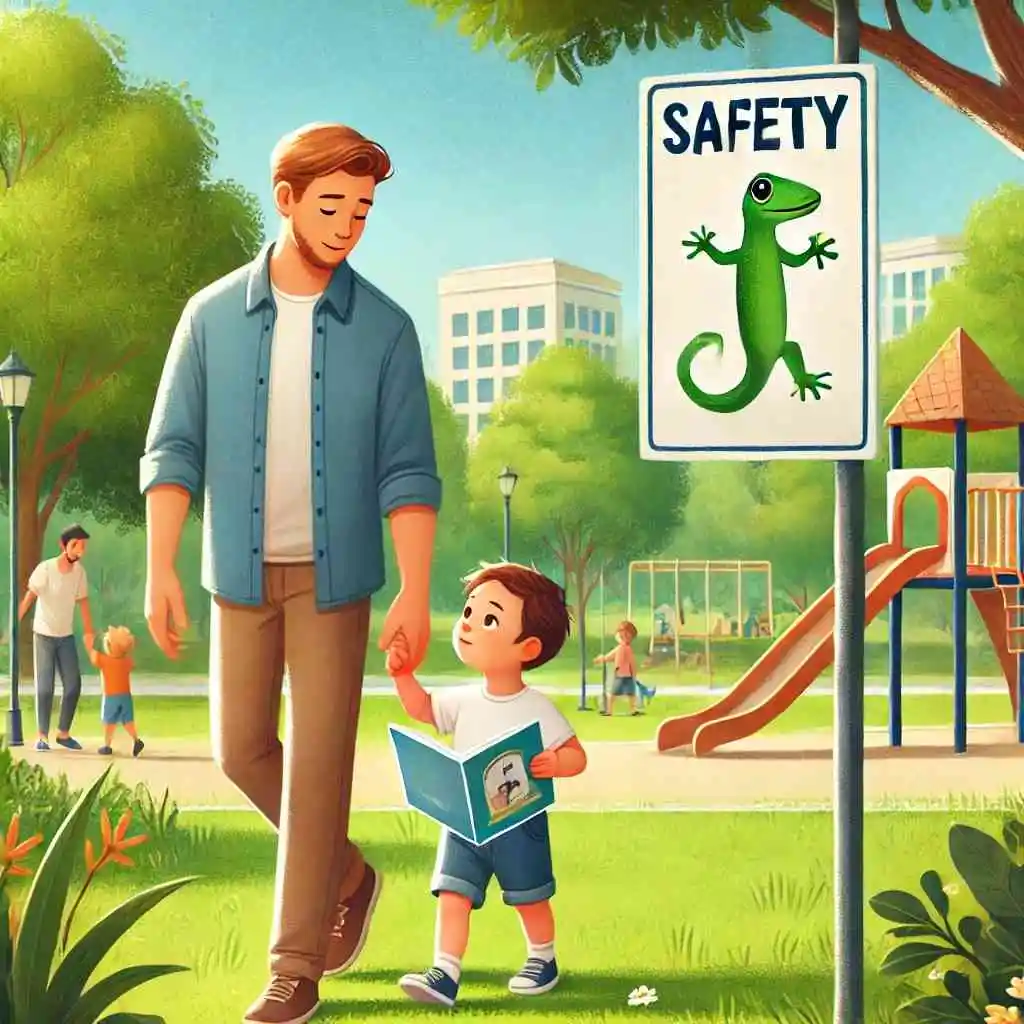
Consistency is key when teaching children about tough topics. Reinforce the same messages regularly in different contexts. Be patient and give them time to absorb and understand the information. For example, if you’re teaching about staying safe in public, remind them each time you go out. Use consistent language and examples to help them remember. Patience is also crucial. Children may need to hear the same message several times before it sinks in. Keep the conversations light-hearted and encouraging.
Tailoring Conversations to Individual Needs
Every child is unique, and your communication strategies should reflect that. Some kids might need more visual aids, while others prefer stories or role-playing. Observe how your child responds to different methods and tailor your approach accordingly. For instance, if your child loves drawing, encourage them to draw pictures of safe and unsafe situations. Discuss their drawings and what they learned. This personalized approach ensures that the information resonates with your child and meets their individual needs.
Reinforcing Lessons Through Play
Play is a natural and effective way for children to learn. Use playtime to reinforce important lessons. For example, create a game where your child has to identify safe and unsafe behaviors. Use their favorite toys or characters to act out scenarios. This method makes learning feel less like a chore and more like fun. It’s also a great way to bond and spend quality time together while teaching important life skills. Keep the atmosphere light-hearted and encouraging.
Creating a Safe Space for Conversations

Creating a safe and supportive environment is crucial for effective communication. Let your child know that they can talk to you about anything without fear of judgment. Be attentive and show empathy when they share their thoughts or concerns. This openness encourages them to express themselves freely. For example, after discussing a tough topic, ask, “How do you feel about what we talked about?” Listen actively and provide reassurance. This approach builds trust and ensures that your child feels comfortable seeking your guidance.
Using Positive Reinforcement
Positive reinforcement can motivate children to adopt safe behaviors. Praise and reward them when they follow safety rules or make good decisions. For example, if your child remembers to look both ways before crossing the street, acknowledge their effort. You might say, “Great job remembering to stay safe!” Small rewards, like stickers or extra playtime, can also be effective. This positive feedback encourages them to continue practicing safe behaviors and reinforces the lessons you’re teaching.
Continuous Learning and Adaptation
Teaching children about safety and tough topics is an ongoing process. Be prepared to revisit and adapt your strategies as they grow. What works for a toddler might not be effective for a teenager. Stay informed about age-appropriate communication techniques and update your approach accordingly. Engage with resources like books, articles, and parenting workshops to keep your skills sharp. This continuous learning ensures that you’re always equipped to support your child’s development effectively.
By employing age-appropriate communication strategies, you can help your child navigate tough topics with confidence and understanding. Remember, it’s all about making the information relatable, engaging, and clear. With patience, creativity, and a bit of fun, you can turn challenging conversations into meaningful learning experiences.
Role-Playing Scenarios: An Engaging Approach to Teaching Safety
Why Role-Playing Works

Role-playing scenarios are a fantastic way to teach children about safety. They offer a hands-on, interactive approach that makes learning fun and memorable. By acting out different situations, children can better understand and remember important safety lessons. It’s like a rehearsal for real-life events, giving them the confidence to handle various situations. Plus, role-playing allows kids to express their creativity and imagination, making the learning process enjoyable for both them and you.
Getting Started with Role-Playing
Starting with role-playing is easy and requires just a bit of planning. You can use everyday household items as props to create realistic scenarios. For example, you can use a chair and a blanket to build a cozy corner where children can practice what to do if they feel lost or scared. Start by explaining the scenario to your child, then take turns acting out the roles. You might be the adult first, showing them how to respond, and then switch roles so they can practice. This way, they learn by watching and doing.
Role-Playing Scenarios to Try
- Stranger Danger
- Explain to your child the importance of not talking to strangers and staying close to trusted adults. Role-play a situation where a stranger approaches them, and they need to find an adult or say “no” firmly.
- Crossing the Street
- Set up a pretend street in your living room with pillows or tape. Practice looking both ways before crossing. Take turns being the pedestrian and the driver to understand both perspectives.
- Emergency Situations
- Pretend there’s an emergency, like a fire or someone getting hurt. Teach your child how to call for help, dial emergency numbers, and provide basic information to responders.
Making Role-Playing Fun
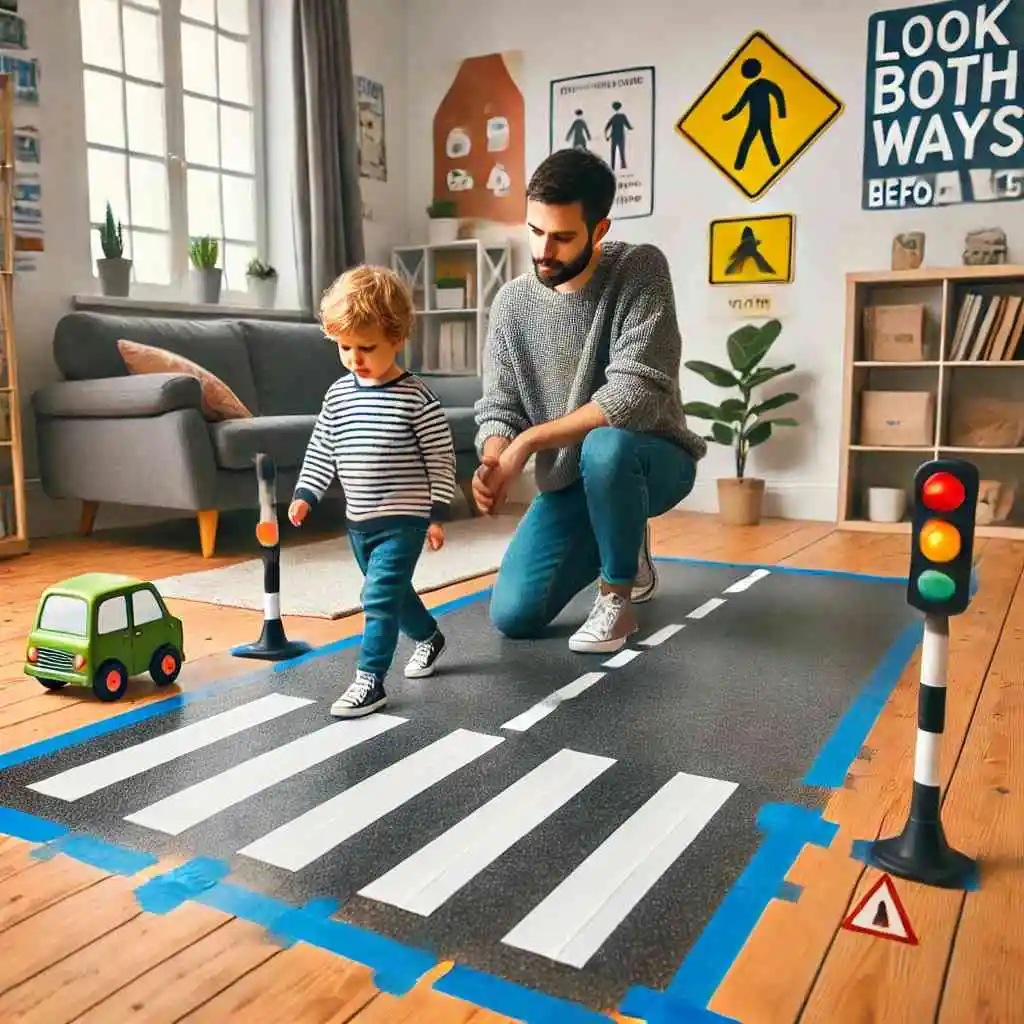
To keep things fun, involve favorite toys or characters in the role-playing scenarios. For example, let Guy the Guardian Gecko or Cesar the Clever Cat join the adventure. They can act as guides, showing your child how to respond in different situations. You can also turn scenarios into a game, awarding points or stickers for completing tasks successfully. This adds an element of excitement and rewards their efforts.
Encouraging Creativity
Role-playing is not just about safety; it’s also a great way to boost your child’s creativity and problem-solving skills. Encourage them to come up with their own scenarios. Ask questions like, “What would you do if…?” and let them create solutions. This empowers them to think critically and apply what they’ve learned to new situations. It’s amazing to see the creative ideas they come up with!
Practicing Regularly
Consistency is key to reinforcing safety lessons. Make role-playing a regular activity, perhaps once a week or even daily. Each session doesn’t have to be long—just 10-15 minutes can be very effective. Repetition helps solidify the lessons in their minds, making them second nature. Plus, regular practice helps keep the skills fresh and builds confidence over time.
Involving the Whole Family

Role-playing can be a fun family activity. Involve siblings, parents, and even grandparents in the scenarios. This not only makes the practice more enjoyable but also helps reinforce that everyone is on the same team when it comes to safety. Family members can take on different roles, adding variety and helping children see safety from multiple perspectives.
Adapting Scenarios as Kids Grow
As your child grows, adapt the scenarios to be more age-appropriate. For younger children, focus on simple, clear instructions and basic scenarios. For older children, introduce more complex situations and discuss the reasoning behind safety practices. This keeps the learning relevant and challenging, helping them to continually develop their understanding and skills.
Positive Reinforcement
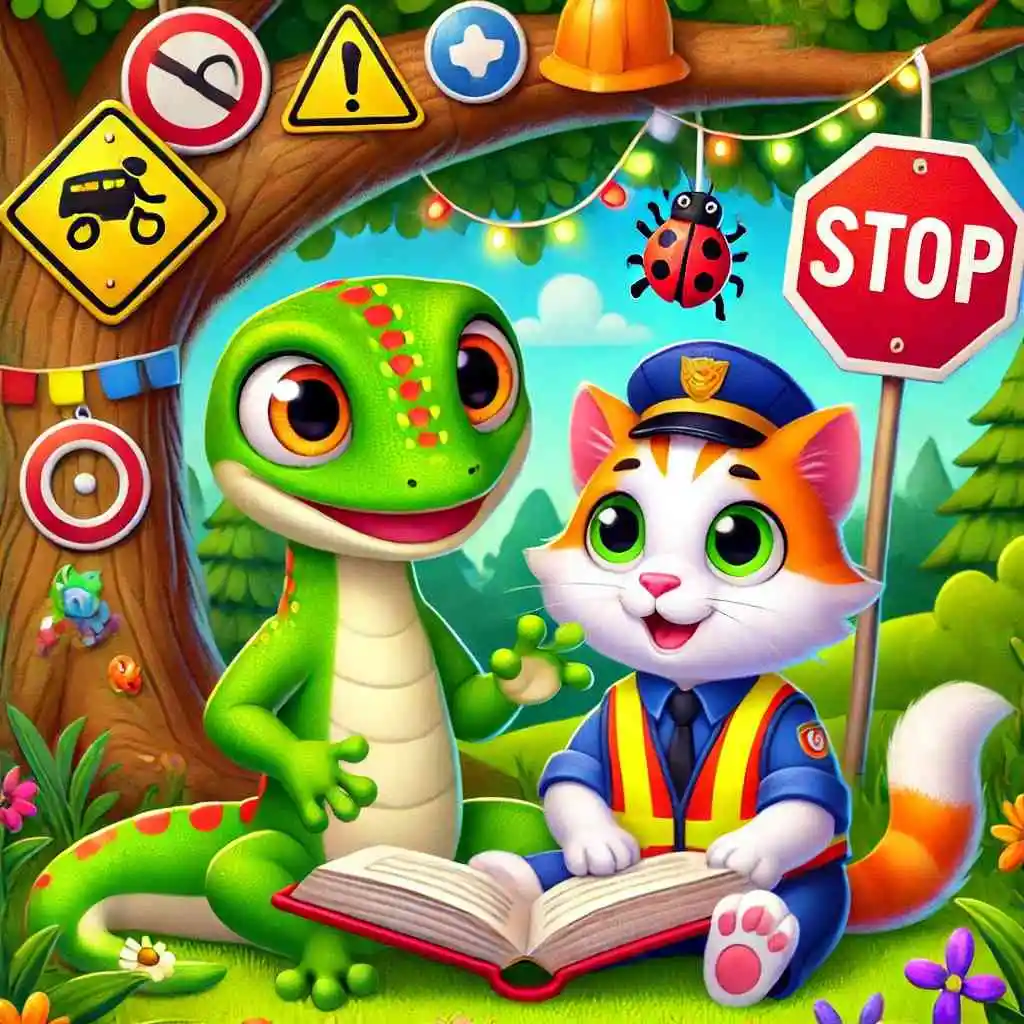
Always remember to provide positive reinforcement. Praise your child for their efforts and successful responses. Even if they make mistakes, encourage them and explain what they can do differently next time. Positive reinforcement builds their confidence and makes them feel good about learning and practicing safety.
Conclusion: Making Safety Fun
Role-playing scenarios are a fantastic way to teach children about safety in a fun and engaging manner. By incorporating everyday situations and turning them into interactive lessons, you help your child develop important skills while having a great time together. Remember, the key is to keep it fun, be consistent, and involve the whole family. With regular practice and positive reinforcement, your child will be well-prepared to handle various safety situations confidently. Happy role-playing!
Using Books and Stories to Teach Kids About Safety
Books and stories are powerful tools for teaching children about safety. They capture the imagination and make lessons memorable. Kids love stories, and when you incorporate important safety lessons into them, it becomes a fun and effective way to learn. Here’s how you can use books and stories to teach your kids about safety in a light-hearted and engaging way.
Making Safety Lessons Fun with Stories
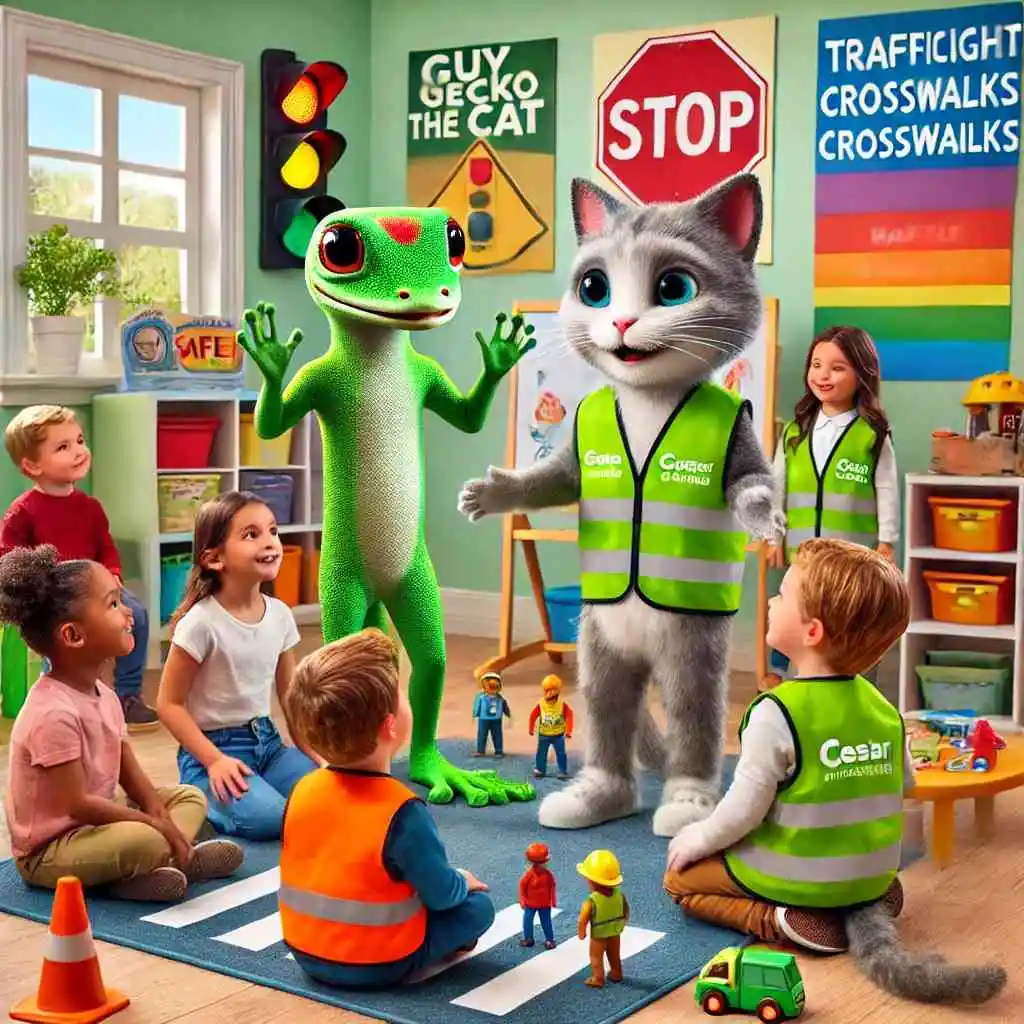
One of the best ways to teach kids about safety is through storytelling. Children naturally gravitate toward stories, and when you weave safety lessons into these tales, they’re more likely to remember them. You can create your own stories or find books that already incorporate these lessons. Characters like Guy the Guardian Gecko and Cesar the Clever Cat can help illustrate safety concepts in a way that’s both entertaining and educational. When children see their favorite characters navigating safety situations, they’re more likely to emulate those behaviors.
Imagine reading a story where Guy the Gecko helps Cesar the Cat cross the street safely. As they hold hands, look both ways, and wait for the green light, your child learns these steps in a context that’s easy to understand. This method of learning through stories can be particularly effective because it doesn’t feel like a lesson. It’s just part of the fun narrative that your child enjoys.
Creating Your Own Safety Stories
You don’t have to rely solely on published books to teach safety. Creating your own stories can be just as effective and allows you to tailor the content to your child’s specific needs. Think about the safety lessons you want to impart and build a story around them. Maybe Guy and Cesar go on an adventure in Safety Land where they encounter various challenges that teach them about stranger danger, road safety, and more.
Your story could start with a simple premise: Guy and Cesar are exploring a new part of Safety Land. Along the way, they meet new characters who help them learn important lessons. For example, Benny the Bunny might teach them about staying with a trusted adult in crowded places, while Lucy the Ladybug shows them how to be visible at night. By framing these lessons within an adventure, your child will be more engaged and eager to learn.
Using Books to Spark Conversations
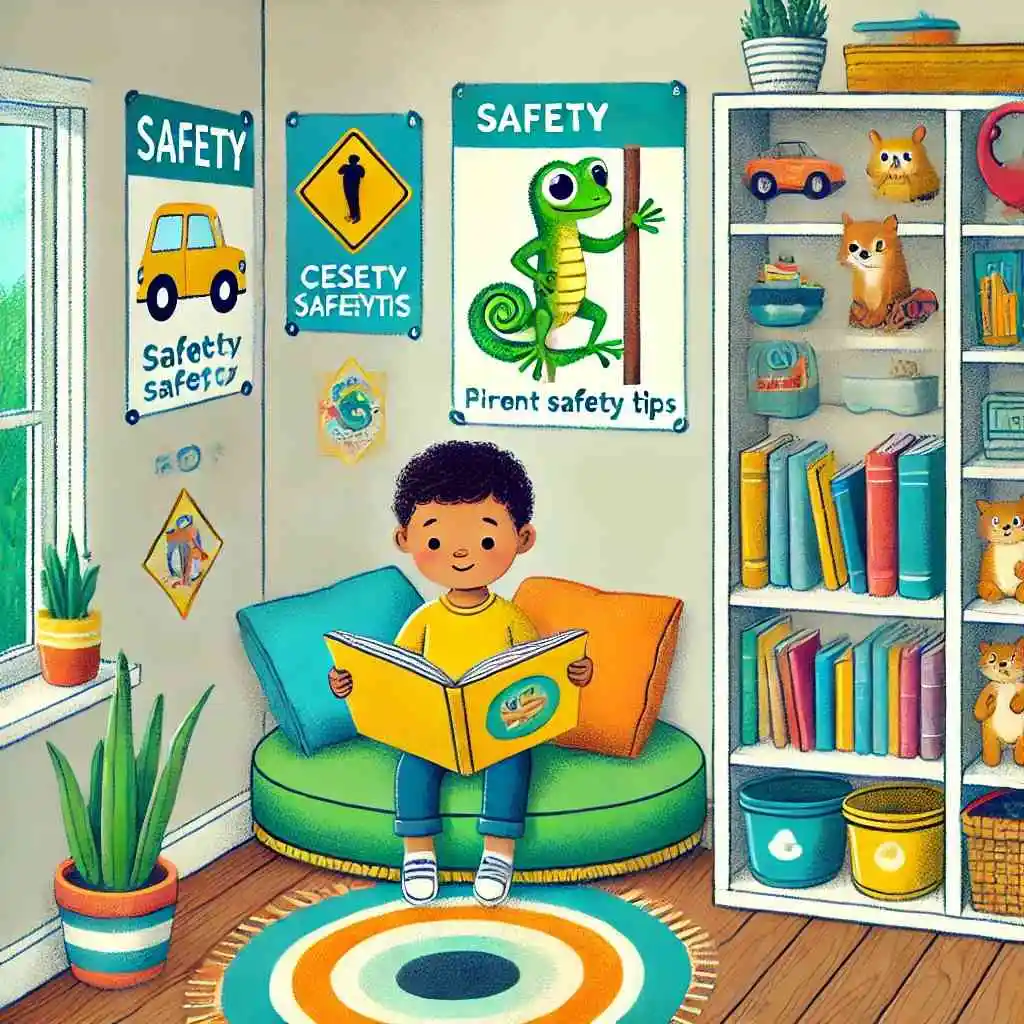
Books can also be great conversation starters. After reading a story about safety, take some time to discuss it with your child. Ask open-ended questions like, “What did you learn from Guy and Cesar today?” or “How would you stay safe if you were in that situation?” These questions encourage your child to think critically about the story and apply the lessons to their own life.
You can also use books to address specific safety concerns. If you’re worried about your child wandering off in public, find a story that deals with this issue and read it together. Afterward, talk about what your child should do if they ever get separated from you. Discussing these scenarios in a safe and comfortable setting can help prepare your child for real-life situations.
Reinforcing Lessons Through Repetition
Repetition is key when it comes to teaching children. Reading the same safety stories multiple times helps reinforce the lessons. Each time you read the story, your child will pick up on new details and better understand the concepts. Make storytime a regular part of your routine, and revisit favorite safety stories often.
In addition to reading, you can also act out the stories. Role-playing scenarios from the book can make the lessons even more memorable. Have your child pretend to be Guy or Cesar, while you play the role of the other characters. This interactive approach allows your child to practice safety behaviors in a fun and engaging way.
Choosing the Right Books
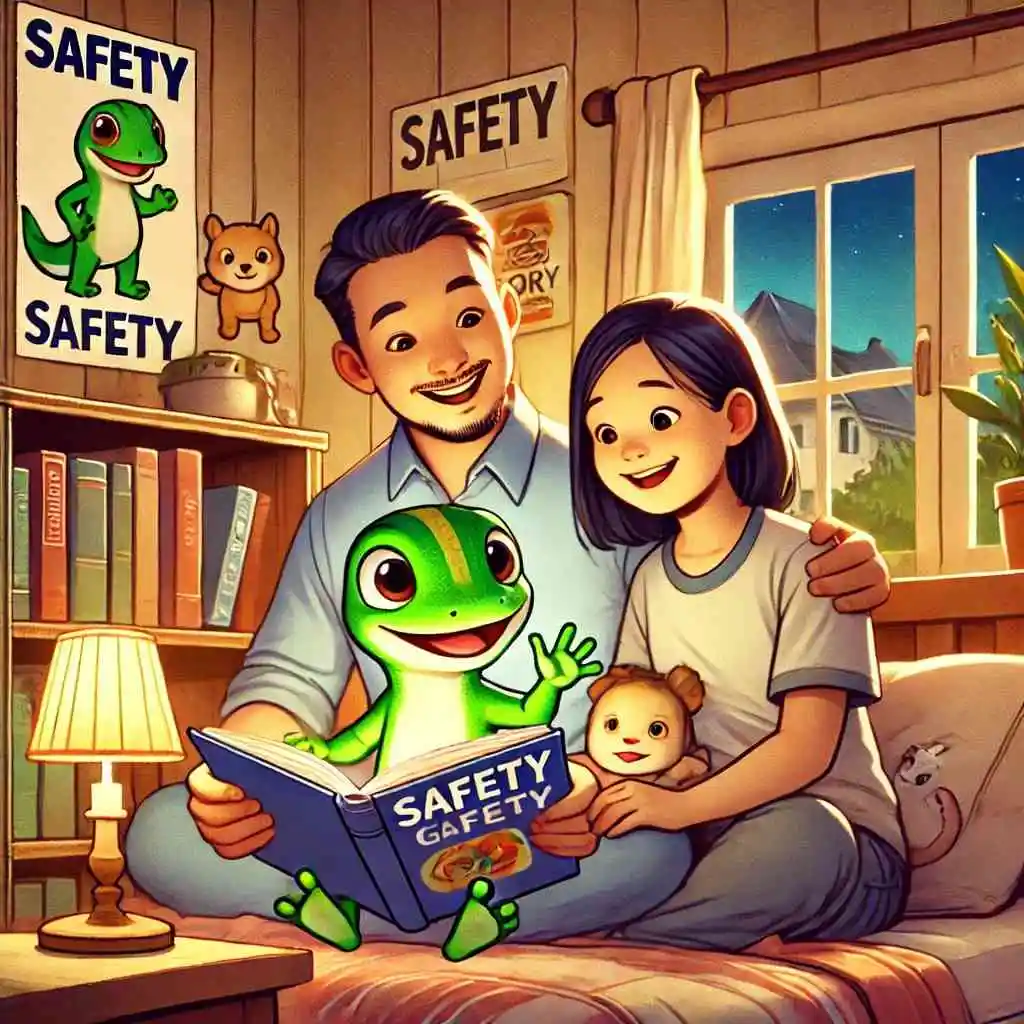
Selecting the right books is crucial for effectively teaching safety. Look for stories that are age-appropriate and engaging. Books with colorful illustrations and relatable characters are often the most appealing to young children. Series like Guy & Cesar’s Adventures are designed with these elements in mind, making them an excellent choice for safety education.
When choosing books, consider your child’s interests. If they love animals, stories featuring animal characters will likely capture their attention. If they’re fascinated by adventure, look for books that incorporate safety lessons into exciting journeys. By aligning the stories with your child’s interests, you can make learning about safety a more enjoyable experience.
Incorporating Books into Everyday Life
Don’t limit safety stories to bedtime or storytime. Incorporate them into your daily routine to reinforce the lessons. If you’re heading out for a walk, remind your child of the road safety lessons from their favorite story. If you’re going to a crowded place, talk about staying close just like Guy and Cesar did in the story. Relating the lessons from the book to real-life situations helps your child understand the practical applications of what they’ve learned.
In conclusion, using books and stories to teach children about safety is a fun and effective approach. By making safety lessons enjoyable and relatable, you can help your child learn important concepts in a way that sticks with them. Whether you’re reading published books or creating your own stories, the key is to make the lessons engaging and memorable. So, grab a book, snuggle up with your child, and embark on a safety adventure together!
Encouraging Open Conversations
Create a Safe Space
Creating a safe space is essential for encouraging open conversations with your child. Start by ensuring they feel comfortable expressing their thoughts and feelings. Let them know that their opinions matter and that you are there to listen without judgment. You can do this by setting aside a special time each day to talk. Maybe it’s during dinner, or perhaps it’s a few minutes before bedtime. This regular routine can help your child feel more secure and willing to share their thoughts.
Children need to feel that their home is a place where they can talk about anything. Show them that it’s okay to discuss their worries, joys, or even just the events of their day. When you create this environment, your child will be more likely to open up and share what’s on their mind. Remember, the goal is to make them feel heard and understood.
Ask Open-Ended Questions

To encourage more detailed responses, ask open-ended questions. Instead of asking, “Did you have a good day at school?” try asking, “What was the best part of your day?” This type of question invites your child to share more about their experiences. It helps them reflect on their day and express their feelings in greater detail.
Open-ended questions also show your child that you are genuinely interested in what they have to say. It encourages them to think more deeply about their experiences and articulate their thoughts. Over time, this practice can enhance their communication skills and boost their confidence in expressing themselves.
Be an Active Listener
Active listening is a crucial skill when encouraging open conversations. When your child speaks, give them your full attention. Put away distractions like your phone or the TV and focus on what they are saying. Nod, smile, and respond with comments that show you are listening, such as “I see,” or “That sounds interesting.”
Show empathy by acknowledging their feelings. If your child is upset, saying something like, “I understand that must have been hard for you,” can make them feel validated. Active listening not only helps you understand your child better but also strengthens your bond and builds trust.
Share Your Own Experiences
Sharing your own experiences can make conversations more relatable for your child. Talk about times when you faced similar situations or felt the same emotions. This helps your child see that they are not alone in their feelings. It also provides them with examples of how to handle different situations.
When you share your stories, keep them age-appropriate and positive. Focus on lessons learned or how you overcame challenges. This can be very encouraging for your child and provide them with practical tools for dealing with their own issues.
Celebrate Openness

Celebrate your child’s willingness to share. Praise them for opening up and expressing their feelings. This positive reinforcement can make them more likely to continue sharing in the future. A simple “Thank you for telling me that” or “I’m proud of you for talking about your feelings” can go a long way.
Recognize and reward their efforts to communicate. You might want to do something special together, like a small treat or a fun activity. Celebrating openness helps your child see the value in being honest and communicative, reinforcing positive behavior.
Handle Difficult Topics with Care
When discussing difficult topics, approach them with sensitivity and care. Be honest, but also considerate of your child’s age and emotional maturity. Use simple language and avoid overwhelming them with too much information at once.
It’s important to let your child know that it’s okay to feel sad, angry, or confused about difficult topics. Encourage them to ask questions and express their feelings. Reassure them that you are there to support them through any challenges.
Encourage Questions

Encourage your child to ask questions, no matter how big or small. Let them know that it’s okay to be curious and that you are there to provide answers. Answer their questions honestly and clearly, keeping in mind their age and level of understanding.
When children feel free to ask questions, they are more likely to develop a deeper understanding of the world around them. This curiosity can lead to more open conversations and a stronger relationship between you and your child.
Model Open Communication
Modeling open communication is one of the most effective ways to encourage your child to do the same. Let them see you engaging in open and honest conversations with others. Show them how to express feelings and thoughts in a respectful and thoughtful manner.
By setting a good example, you teach your child the importance of communication. They will learn from your behavior and be more likely to emulate it in their own interactions. Remember, children often learn more from what we do than what we say.
Create Fun Conversation Starters
Make conversations fun and engaging with creative conversation starters. Use prompts like, “If you could have any superpower, what would it be?” or “What’s your favorite memory from last year?” These playful questions can spark interesting discussions and make talking more enjoyable.
Having a jar of conversation starters at the dinner table or during family time can add an element of surprise and excitement. It encourages everyone to participate and share, fostering a habit of open communication within the family.
Encourage Expressive Activities

Encourage activities that help your child express themselves. Drawing, writing, or playing can be great ways for children to communicate their thoughts and feelings. Sometimes, children find it easier to express themselves through creative outlets than through words alone.
Providing your child with different ways to express themselves can lead to more open conversations. They might share a drawing that tells a story or write a short tale that reveals their thoughts. These activities can be valuable tools for understanding your child’s perspective and encouraging open communication.
Encouraging open conversations with your child is an ongoing process. By creating a safe space, asking open-ended questions, and being an active listener, you foster an environment where your child feels comfortable sharing. Celebrate their openness, handle difficult topics with care, and encourage questions. Model open communication and use fun conversation starters to keep discussions lively. Through expressive activities, you can help your child develop strong communication skills and build a deeper, more trusting relationship.



